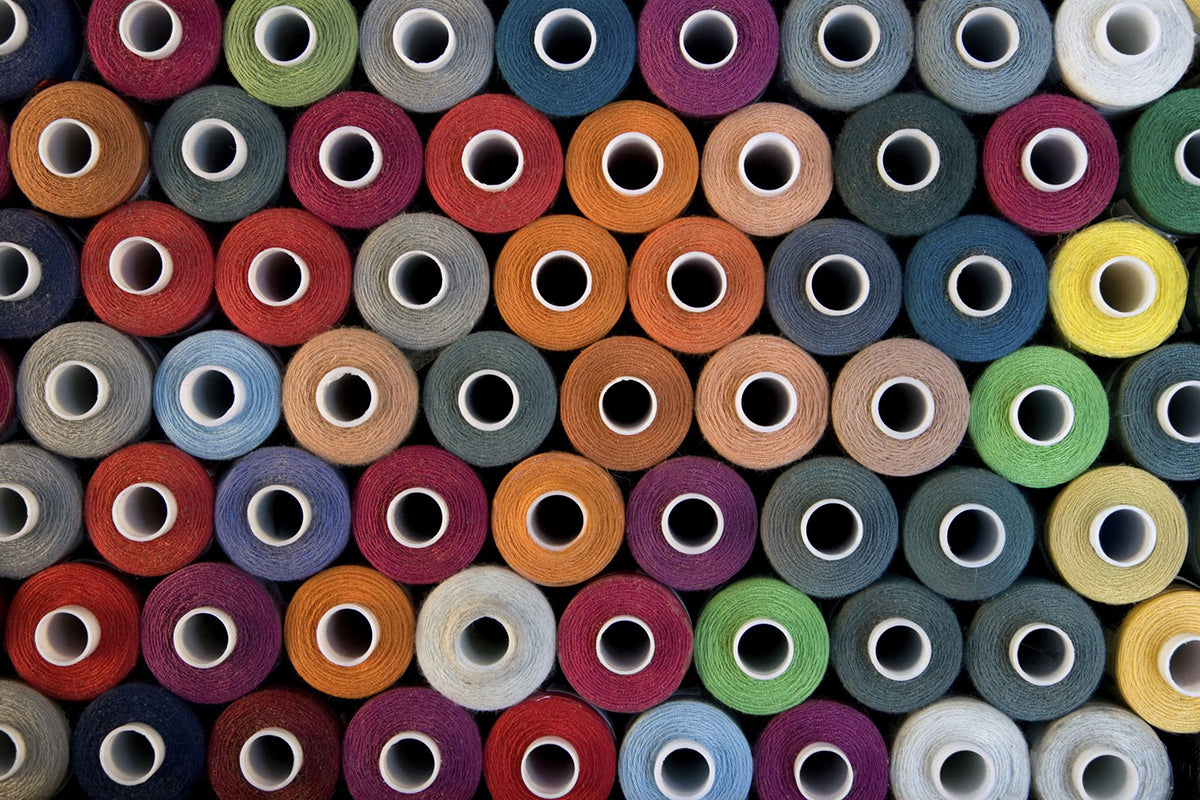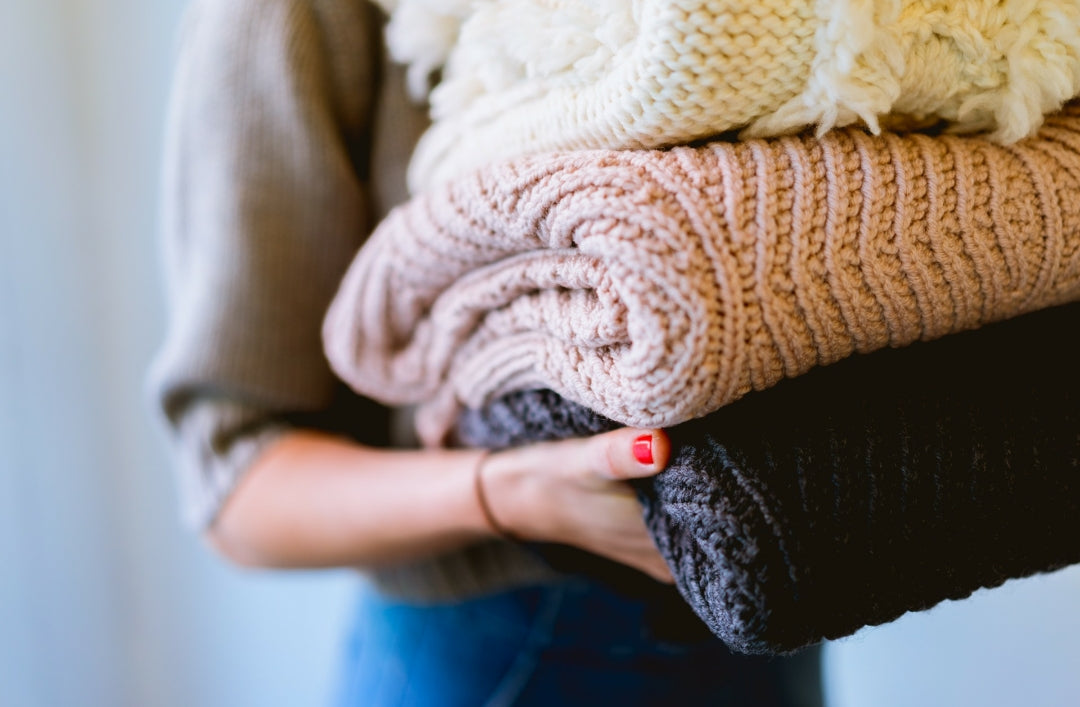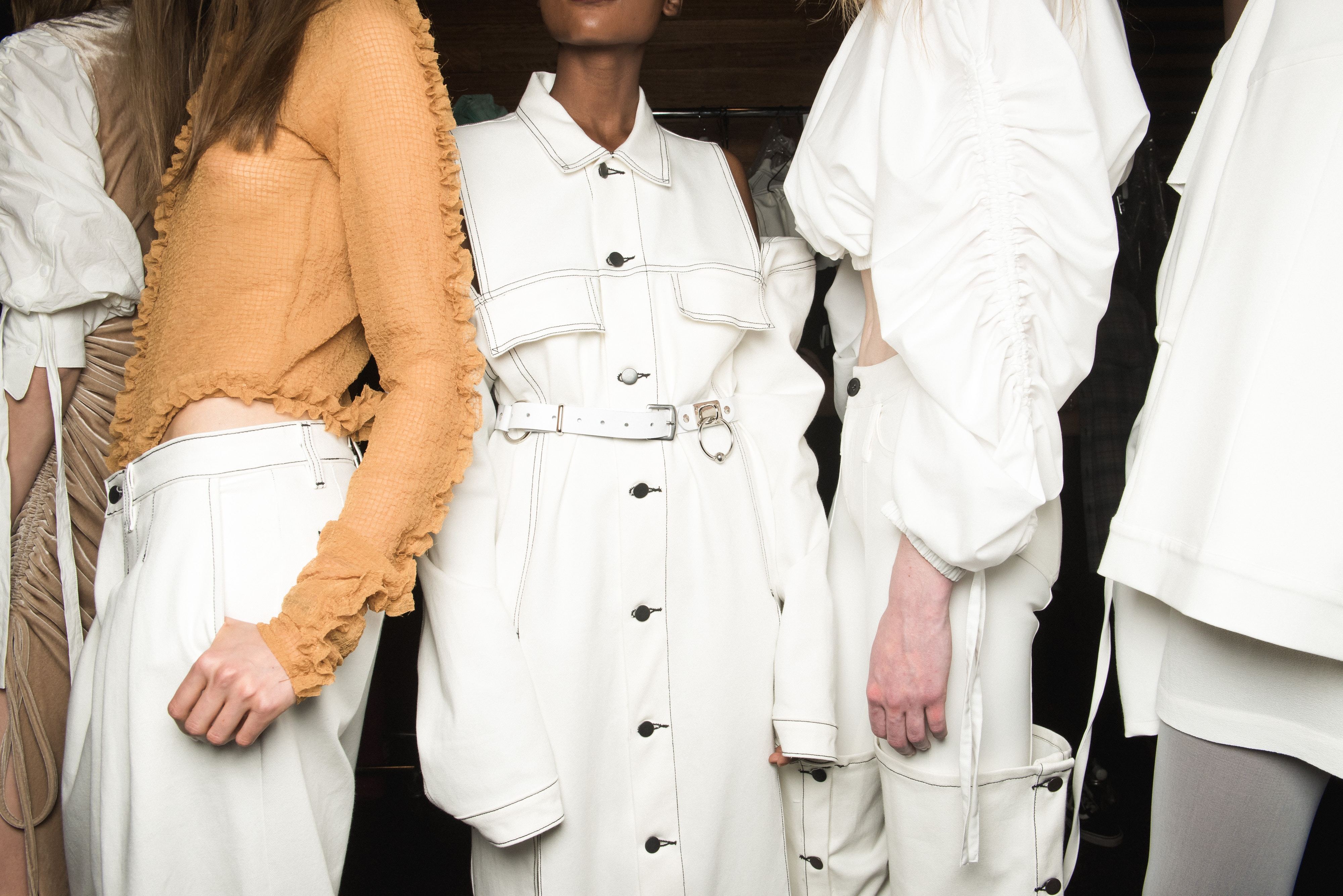According to Fashion United, it’s estimated that we don’t use 50% of our clothes. But why does this happen? Because we buy much more than we need. Add the thrill of buying something new to the fast-fashion lower prices and you have the right recipe to create mass consumerism.
The problem is, is that these cheap clothes have a high price for people and the planet. The production of synthetic fibres takes a lot of energy and water and it also releases toxic gases into the atmosphere. The work conditions in these overseas factories are, in some cases, extremely dangerous and the workers aren’t paid fairly, so the labour is cheaper. We all remember the 2013 Dhaka garment factory collapse, that was just one example of unsafe working conditions, and killed more than 1000 workers and left 2500 injured.
There are brands that use eco-friendly fabrics and have a non-toxic production chain (as long as they guarantee a fair wage and safe conditions to their workers), but all of this comes at a higher cost to consumers.
So how can we stay true to our sustainable values and to our budget?
Shop less and smarter
Since we don’t use half of our wardrobe, we can start by this: choose sustainable clothing, but buy less of it. Since the fast fashion prices are lower we tend to buy more than we actually need. If we buy less, sustainable options, we end up finding a way of helping the planet and our wallet!
Choose Green Fibers
We tend to think that all natural fibres are eco-friendly fibers but this isn’t true. Natural fibre, such as cotton, is free of impurities but only when no harmful pesticides or insecticides are used in its cultivation. If so, then it is environmentally friendly. But even in this case, cotton production requires large amounts of water! The greenest fibers are the renewable ones, that use less water and energy on its production and can be recycled, like linen.
Less Chemicals
From pesticides that make the plants grow faster and healthier, to the dyes that give clothes their specific colours, and even the products used on the clothes during their transport to make sure they don’t get creased...In the textile industry, chemicals serve different purposes and we can find them in many stages of the fabrics production.
One way to avoid them is to choose natural and low-impact dyes such as indigo that is derived from plants and requires less water than the regular dyeing methods. You can also always choose unbleached fabrics that have a natural colour. But be careful with this.
Bleaching the fabrics makes them release chemichals that can cause serious diseases. Also, the process needs a huge amout of water that is then thrown away, pollutting the rivers.
Reuse and Upcycle
Another way to make sustainability affordable is to reuse the materials. This way you can reduce waste, energy and water (and save money!). You can purchase amazing pieces at second hand stores or organise clothes swaps with your friends. To make these fit perfectly or to create something unique you can always add something special like accessories or different pieces of fabric. The best way to do this is with deadstock, fabric that otherwise would go to waste. Instead of purchasing fabric that is made to sell, why not buy some different fabrics that are already produced and help to reduce your ecological footprint?
So when you have the opportunity to choose, why not choose one of the above sustainable options? We are in this fight to help reduce the textile industry's negative impact on the planet and on the people that live in it. Join us, be part of this movement.




